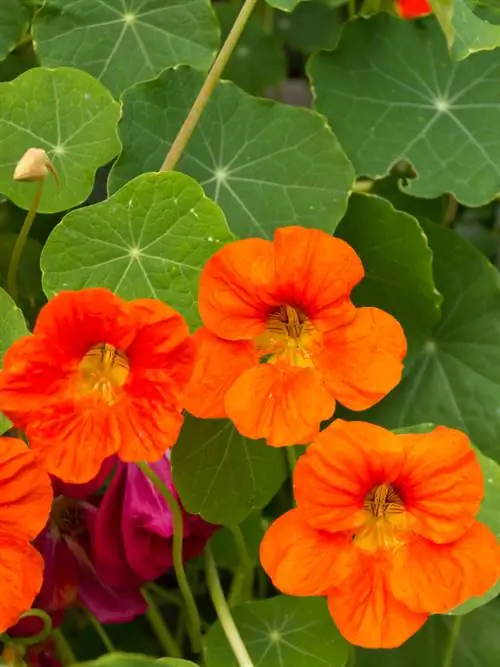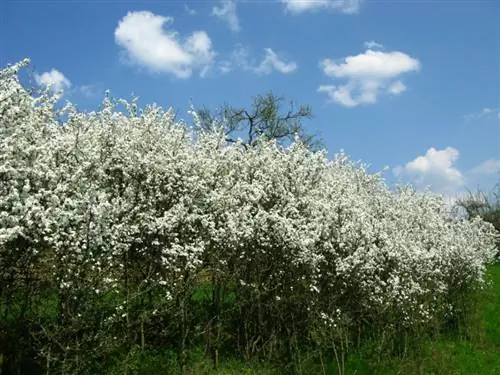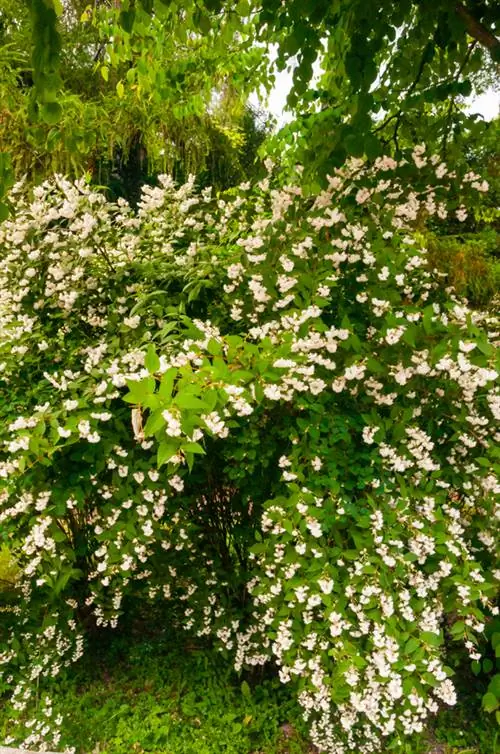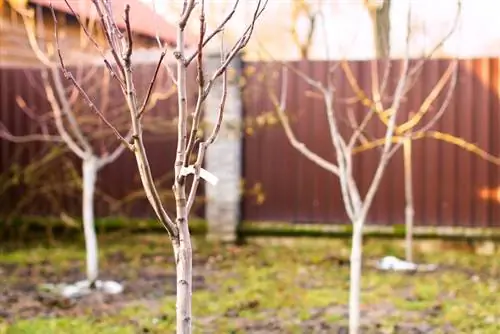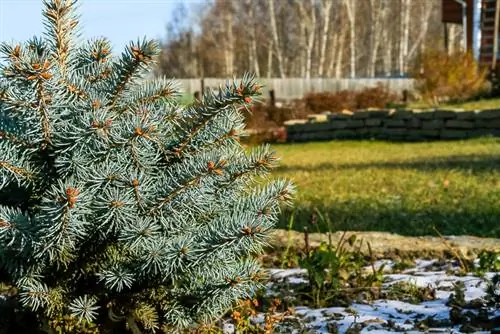- Author admin [email protected].
- Public 2023-12-16 16:46.
- Last modified 2025-01-23 11:20.
Nasturtiums don't need much to be happy. Nevertheless, the right location and the optimal time for planting are crucial for abundant flowering. They are also prone to lice, but you can prevent this by planting them correctly.

What should you pay attention to when planting nasturtiums?
To plant nasturtiums successfully, choose a poor, loamy, calcareous and somewhat sandy soil, a sunny to partially shaded location and plant them after the ice saints in May. Propagated by seeds or cuttings.
The best soil
If the nasturtium is in poor soil, it will bloom profusely. On the other hand, if the soil is very nutrient-rich, then this will benefit the leaves, but you will have to avoid flowers. A loamy and, if possible, calcareous soil is ideal for your nasturtium, but it can also be a little sandy.
The right location
Nasturtium is quite undemanding. It even grows quite well in the shade and delights with its colorful flowers. However, if she had the choice, she would prefer a sunny location. Since it grows quite luxuriantly and likes to climb, it requires a lot of space. A climbing aid can guide it as it grows. This can be a decorative trellis or a simple fence.
The best planting time
Since the nasturtium is not hardy, it should only be planted outdoors from around mid-May, when the ice saints are over and with it the risk of night frosts. If you have decided on a small-growing variety that you would like to plant in a planter, then you are of course independent of time. However, you should then ensure a frost-free location. The nasturtium cannot survive the first frost, which is why some plants are often mistakenly thought to be annuals.
The Multiplication
The easiest way to propagate nasturtiums is through seeds. You can get these in garden centers and specialist shops, but also in supermarkets. You can also collect seeds from your own plants when they have finished flowering. The seeds can be sown directly outdoors after the Ice Saints.
The nasturtium can also be propagated by cuttings. Immediately after cutting, plant your cuttings in a pot with potting soil and place this pot in a warm place. The plants need temperatures of 20 to 25 °C and about a week to form roots.
Nasturtium as a lice catcher
Not only people but also aphids love nasturtiums. You can take advantage of this by planting nasturtiums between your roses, for example. Then the lice will probably populate the nasturtium and spare your roses.
Nasturtium can also provide this service in the cabbage bed. However, this makes the plant almost unusable for your own consumption. For this purpose you should plan some plants in another location.
The most important things in brief:
- lean soil
- sunny to partially shaded location
- Sowing according to the Ice Saints
- Propagation also through cuttings
- not hardy
Tips & Tricks
If you have enough seeds, then sow nasturtiums between your roses as a lice catcher.

